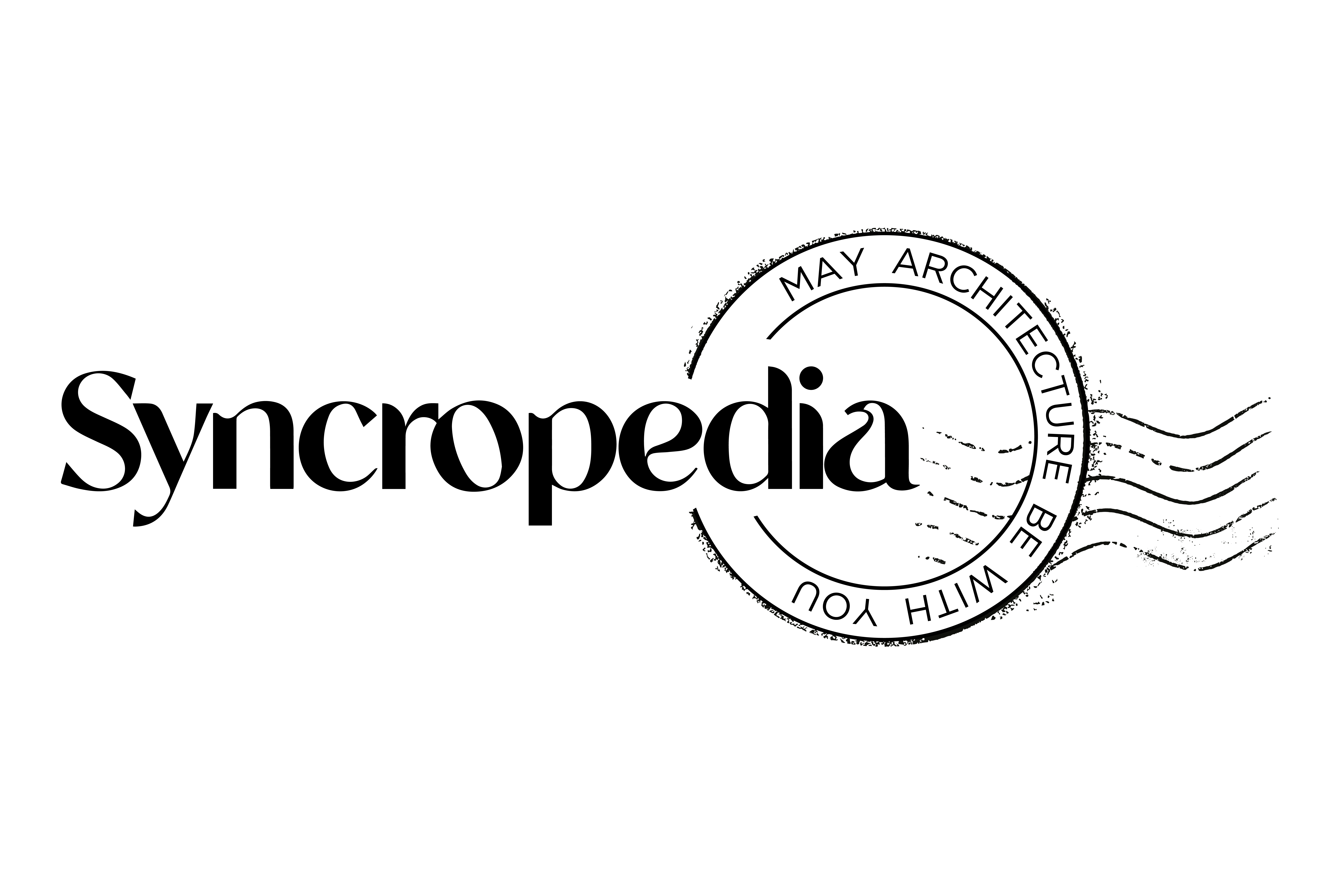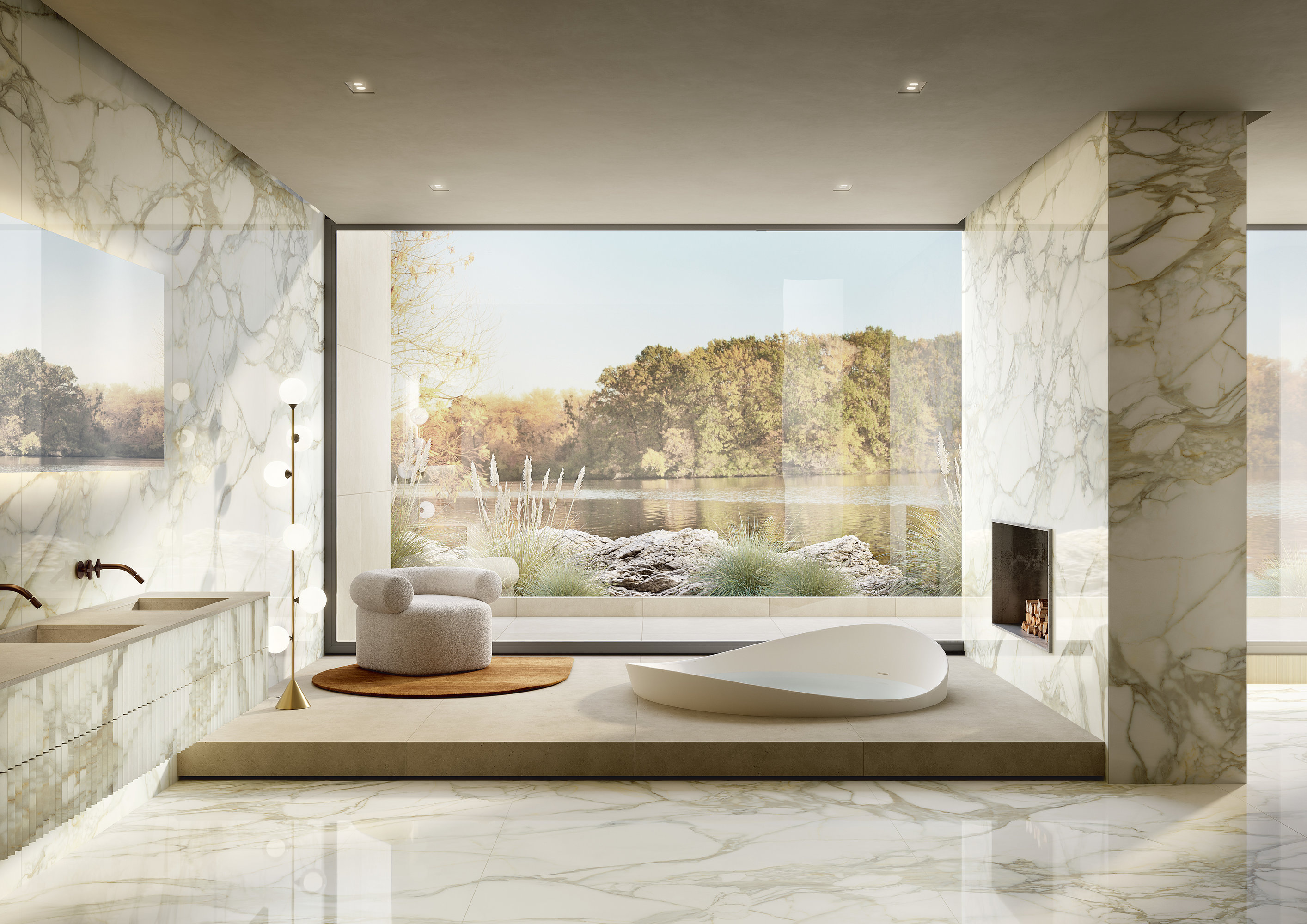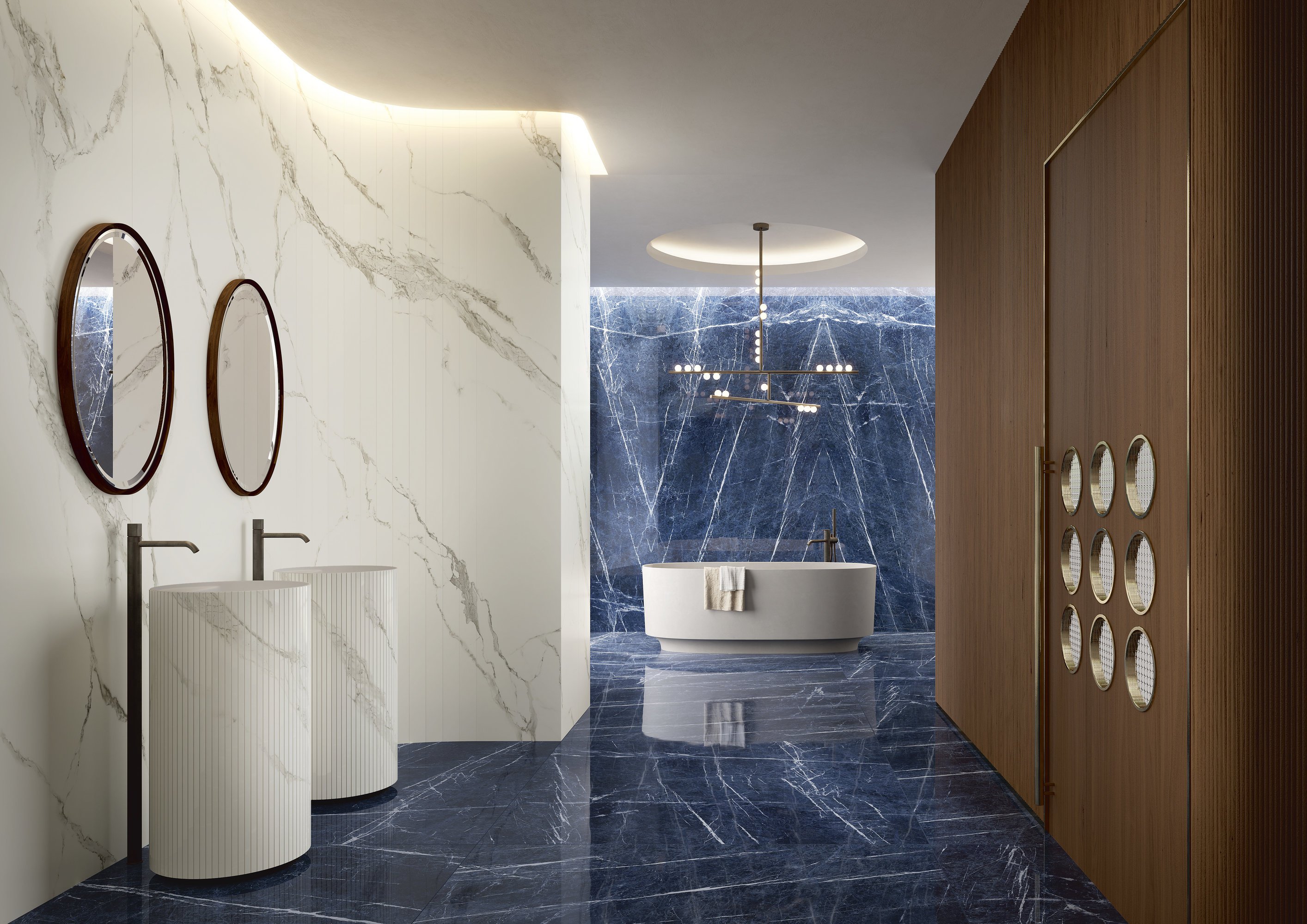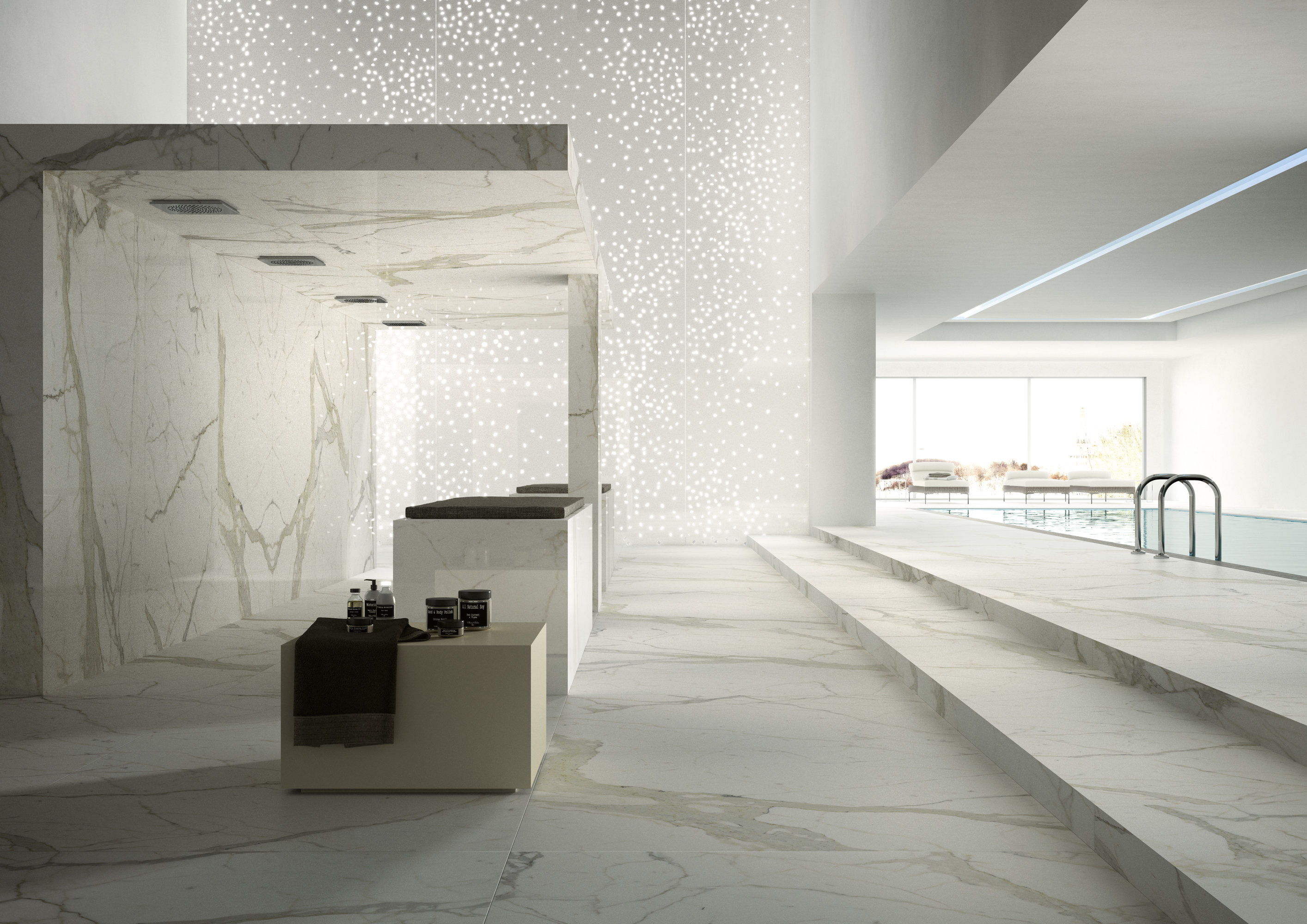Water is an element that plays a fundamental role in the entire life cycle of Fiandre Architectural Surfaces ceramics. From the mixing of raw materials to post-production processing, but also in the sustainability practices that the company has long adopted.
Fiandre Architectural Surfaces porcelain stoneware is made from natural and selected raw materials such as clays, quartzes and feldspars which are then mixed, pressed and fired at high temperatures. The preparation of the mixture consists of a series of operations, the aim of which is to obtain a material that is as homogeneous as possible and that has a balanced particle size distribution curve. The Iris Ceramica Group, of which Fiandre is a part, uses wet milling to produce a body composed of smaller particles than normal, which are essential for developing a dense, homogeneous structure in the material during firing. In fact, wet milling with 35%-40% water makes it possible to achieve optimum homogenisation of the various raw materials and a very high particle size fineness. The milling water also plays a fundamental role in obtaining a mill outlet suspension, called slip, with high density and constant characteristics over time. The slips are injected at high pressure (25 - 30 atm) and suitably atomised inside the atomiser where they come into contact with air at a temperature of 500 - 600°C. This results in instantaneous evaporation of the water, obtaining rounded granules (atomised), with humidity (7% - 9%) and particle size distribution suitable for the subsequent pressing phase. The challenge in the ceramic production process is to increase productivity and reduce the energy costs necessary for the evaporation of water during the atomisation process.
The mixture is then compressed between two surfaces with a pressure around 300 - 400 kg/ cm2. This pressure causes the atomized grains to rearrange and partially deform, allowing high compaction to be achieved. The purpose of the drying phase is to eliminate the water needed to form the formed product, which is particularly critical to the integrity of the product.
Subsequently, the surface is subjected to surface processing, such as brushing, decoration and application of enamel. Finally, during firing, the slabs run on rollers along the entire length of the kiln, which is previously preheated, i.e. brought to the firing temperature (1220 - 1230°C).
As with the more traditional formats, the same raw materials are used for the production of Fiandre's MAXIMUM large ceramic formats (300x150 cm in size), and the body is prepared in the same way. However, it is highly important to keep in mind the consistency of the mixture and even more important is the humidity and grain size of the spray-dried material, which play a decisive role in the correct implementation of the moulding phase and in the handling (unbaked handling) of the large slabs, which is obviously a critical parameter of the entire process.
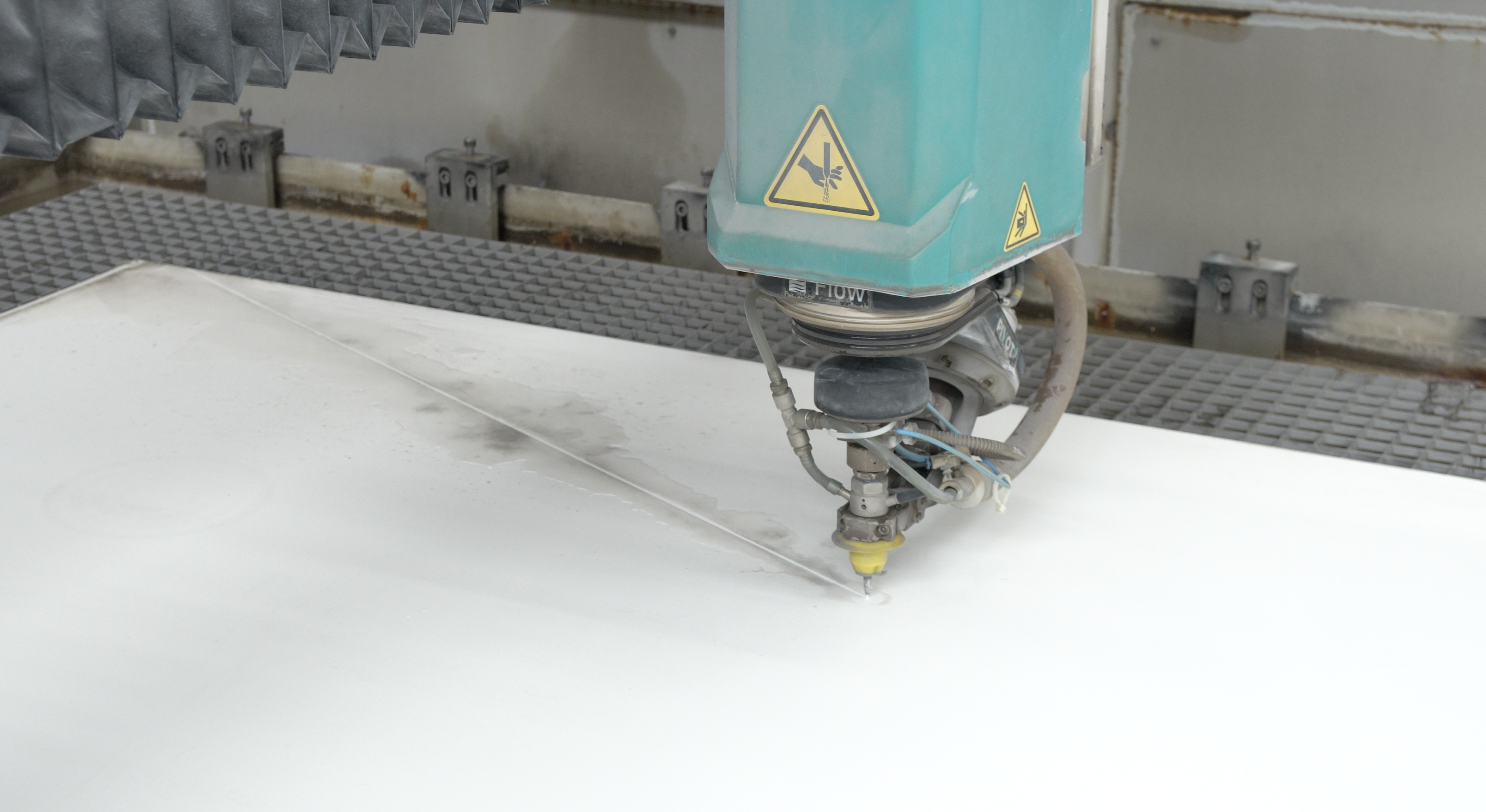 Idrogetto 1
Idrogetto 1
Water consumption is an issue of particular concern to Fiandre and Iris Ceramica Group: production water, like raw material waste, is recycled and returned to the production process.
The result of a production process in which water plays a fundamental role is a ceramic with a compact and very resistant structure which is not subject to the wear and tear of time and which does not absorb, imagine that, water itself.
The water absorption coefficient was chosen as one of the classifying parameters of the EN Standards, since many of the physical and chemical properties of the large ceramic slab depend on its porosity. Some examples of these properties are mechanical strength, abrasion resistance, frost resistance and chemical resistance. The water absorption coefficient is the amount of water that a ceramic slab can absorb under particular experimental conditions. Since this absorption occurs through the pores of the material, which are in communication with the outer surface, this coefficient serves to measure these pores. Therefore, the water absorption coefficient provides an immediate indication of the material’s structure. Porcelain stoneware has the lowest water absorption coefficient compared to all other types of ceramics, in fact, in the case of stoneware, the coefficient is always less than 0.5% and often even less than 0.1%. These performances make Fiandre porcelain stoneware the most compact and homogeneous wall and floor covering material on the market and, consequently, the one with the best physical and chemical properties compared to other more porous materials.
Another characteristic feature of this extraordinary material is the waterjet cutting process. The Fiandre slabs can be transformed into the desired formats and shapes using a jet of water and abrasive sand at very high pressure (up to 700 bar). The advantages are dimensional accuracy, cutting quality and speed of execution.

Calacatta Statuario

Idrogetto 2

